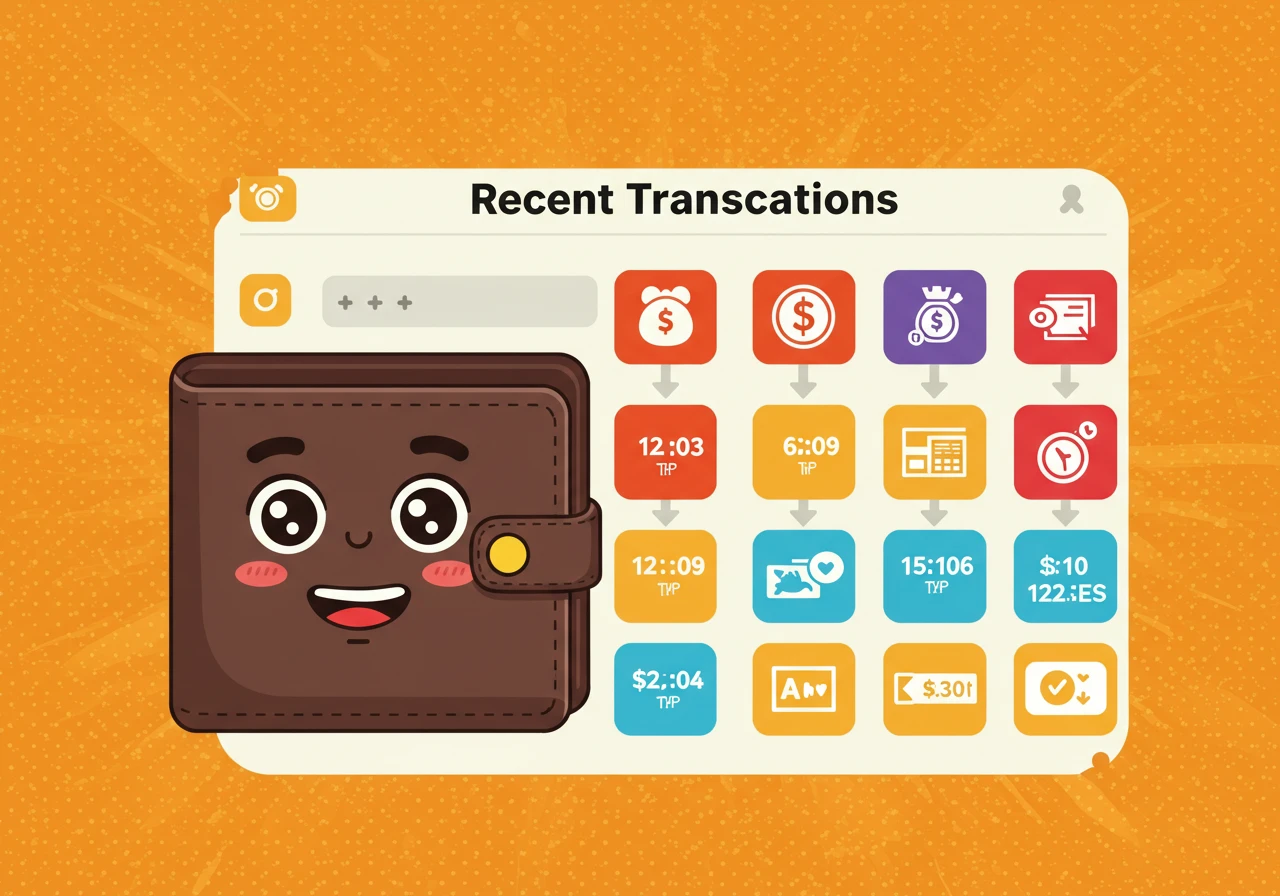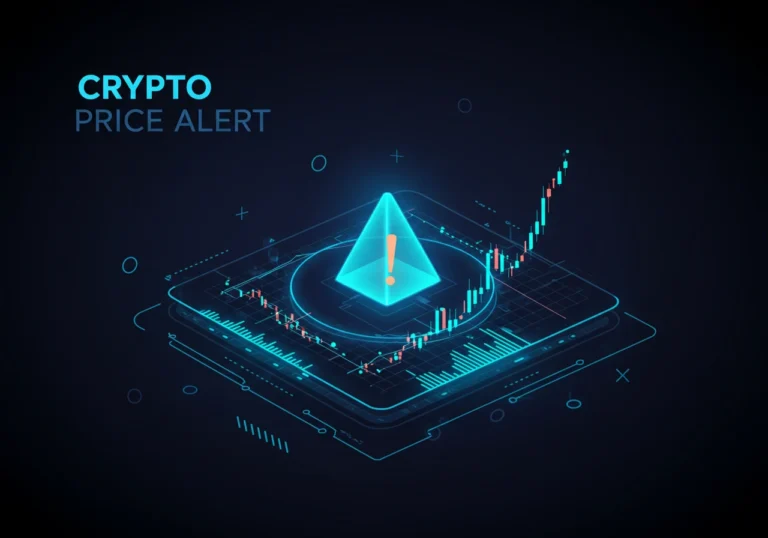How to Use Nansen to Identify Risky Wallets
Nansen is a tool many people use for that first line of defense. It blends on-chain data, wallet labeling, and simple dashboards so you can do a Crypto wallet risk assessment even if you are no expert. This article will show you how to use Nansen step by step to Identify high-risk wallets, run Nansen wallet risk analysis, and Detect suspicious wallet activities.
What is Nansen and why it helps find risky wallets
Nansen is a blockchain analytics platform that labels wallets, tracks token flows, and aggregates behavior. Instead of staring at a long list of transactions, Nansen shows you who likely controls a wallet (an exchange, a known scammer, a whale) and what the wallet has been doing. That labeling is powerful for Nansen risky wallets identification because it highlights patterns humans miss.
Nansen combines on-chain data with human research and community reports. It uses tags like “exchange deposit,” “market maker,” or “scammer cluster” so you can see context at a glance. Think of it as a map instead of raw coordinates. With that map, you can do simple checks and sensible decisions.
Basic steps to start using Nansen for wallet checks
If you have never used Nansen, begin small. Here’s a practical sequence:
- Sign up and open Nansen. There are free and paid tiers; the free tier already provides useful labels.
- Paste the wallet address or transaction hash into the search bar. Nansen will show a labeled profile if it knows the address.
- Look at the wallet summary: tags, balance, recent transactions, and top tokens.
- Check the “Labels” section to see if the wallet is associated with exchanges, known scam clusters, or bots.
- Review the transaction timeline. Pay attention to rapid outgoing transfers, patterns of many small incoming transfers, and large single outflows.
- Use the “Risk” or “Wallet Profiler” features (if available in your plan) to get a summarized risk score.
This simple routine is how many people do their first check when they are asked to verify an address.
What labels mean and how to interpret them
Nansen labels are shorthand for on-chain behavior. Some common labels and what they often indicate:
- Exchange deposit / Exchange hot wallet: Money is likely being moved to or from an exchange. If stolen funds end up here, there is a higher chance of recovery if the exchange cooperates.
- Scammer cluster: Wallets that other researchers have linked to known scams. A connection here is a strong red flag.
- Whale / Large holder: Big accounts can move markets. Not necessarily malicious, but they change risk dynamics.
- Smart money / Smart wallet: Patterns consistent with professional traders or market makers. Watch for complex strategies.
- Bridge / Mixer: Funds moving through these can be harder to trace. Caution is needed.
Labels are not absolute proof. They are context. Use them to guide further checks, not to convict.
How to read transaction patterns that signal risk
Beyond labels, transaction behavior tells stories. Here are simple patterns to look for when you do Nansen wallet risk analysis:
- Many small incoming transfers followed by one big outgoing transfer: Often a sign of aggregation — funds from many victims consolidated and moved.
- Immediate swapping into stablecoins or wrapped tokens then withdrawal to an exchange: This looks like quick cash-out.
- Repeated approvals to unknown contracts: An address that gives unlimited approvals to many contracts is dangerous if it’s yours.
- High-frequency micro-transfers (dusting) followed by transfers to mixers: Dusting can test for active owners; mixing shows an effort to hide funds.
- Sudden token mints or transfers from a contract to one wallet: These can signal rug pulls or insider minting.
When you spot these, flag the wallet as risky and document links and tx hashes. If funds involve you or your users, act fast.
Using smart filters and dashboards for fast scanning
Nansen offers dashboards and smart filters that let you scan many wallets quickly. Use them to:
- Filter wallets that interacted with a suspicious contract.
- Sort wallet lists by largest outflows in the last 24 hours.
- Find wallets that just received funds from a flagged source.
- Monitor trending tokens and see new large holders.
These filters are useful if you manage a community or run a project and want to keep a finger on the pulse. They are also helpful for investigators tracking scam operations.
Practical example: spotting a high-risk wallet in minutes
Imagine you get a link to a trade bot address. Paste it into Nansen:
- The address shows the tag “Scammer cluster.” Red flag.
- The balance is low, but the transaction history shows many tiny deposits followed by quick swaps to stablecoins. That looks like aggregation.
- The “Top counterparties” list shows many interactions with recently created token contracts. That pattern suggests bait tokens used in scams.
- On the “Labels” tab, an associated address is labeled “Mixer” and another is an exchange deposit.
You now have a clear record: tag, behaviors, and chain of custody. Use that to warn others, report to the exchange where funds went, or block the address in your service.
How to run a practical crypto wallet risk assessment
A quick Crypto wallet risk assessment should answer three questions: Who is this? What did they do? Where are the funds now?
- Who is this? Check labels and profile. Is it an exchange, a market maker, or an unlabeled private wallet?
- What did they do? Scan transaction types: transfers, swaps, approvals, contract interactions. Note patterns like aggregation or mixing.
- Where are the funds now? Follow outgoing flows to exchanges, bridges, or mixers. Document the chain with tx hashes.
Write these answers in a short note. If you need to escalate (report to an exchange or law enforcement), you will have the facts ready.
Detecting suspicious wallet activities with Nansen alerts
You don’t have to check manually every hour. Use alerts:
- Watch addresses for large outgoing transfers.
- Get alerts when a wallet interacts with flagged contracts.
- Track balances hitting exchanges.
Alerts let you be calm and proactive. You get a ping and can react rather than discover issues late.
What to do if you find funds went to an exchange
When stolen funds land at an exchange, provide evidence quickly:
- Collect transaction IDs and the exchange deposit transaction.
- Note the exchange’s deposit address and timestamp.
- Use Nansen to show wallet labeling and transaction flow.
- Contact the exchange support or compliance channel with evidence.
Exchanges sometimes freeze suspicious deposits if presented clearly and quickly. Your Nansen screenshots and tx logs are valuable.
Watch out for false positives — use context
Nansen is powerful but not perfect. A wallet labeled “whale” might be a long-term investor, not a scammer. A “scammer cluster” link could be tenuous. Always:
- Cross-check with other tools or explorers.
- Compare patterns with known scam templates.
- Ask for community input in trusted channels.
Use Nansen as part of a cautious, layered approach rather than the single source of truth.
Using Nansen for teams and projects — policies and automation
If you run a project, integrate Nansen checks into your onboarding and moderation:
- Screen deposit addresses before listing tokens or accepting contributions.
- Block known risky addresses in smart contract interaction flows.
- Automate alerts for large inbound transactions or deposits tied to flagged wallets.
- Keep a short playbook: verify, screenshot, report, and escalate.
These practical steps keep your users safer and show investors you care about security.
Privacy and ethics: be responsible with labels and reports
When you flag wallets, handle information responsibly. Avoid public accusations without evidence. Provide data to exchanges and law enforcement rather than posting unverified claims. Working carefully protects innocent parties and keeps the process credible.
Practical tips to get the most from Nansen
- Start with the free features to learn labels and basic flows.
- Keep a short notebook of scam patterns you’ve seen — it trains your eye.
- Use multiple sources: combine Nansen with on-chain explorers and community reports.
- Document everything for reporting: tx hashes, timestamps, and screenshots.
- Use small, consistent checks when you feel unsure: a minute of review can save hours later.
Conclusion — calm, steady checks protect you and your community
Nansen puts powerful visibility into your hands. With it you can perform quick Nansen risky wallets identification, do basic Crypto wallet risk assessment, Identify high-risk wallets, and run Nansen wallet risk analysis without needing a forensic team. The steps are simple: check labels, read transaction patterns, follow money flows, and set alerts. Be careful with public claims and work with exchanges when needed. Little, steady routines — check, document, report — keep you safer and help protect others. Do it slow: small, consistent steps build confidence and security over time.
Main takeaways
- Nansen labels wallets and shows behavior to speed up risk checks.
- Use Nansen to do a quick Crypto wallet risk assessment: who, what, where.
- Watch for patterns: aggregation, rapid swaps to stablecoins, and mixing.
- Nansen risky wallets identification uses labels and transaction patterns to flag threats.
- Set alerts for large outflows and interactions with flagged contracts.
- Cross-check findings with explorers and community reports before making public claims.
- Document tx hashes and screenshots when reporting to exchanges or law enforcement.
Frequently Asked Questions
Q: Can Nansen tell me if a wallet is definitely a scammer?
A: No tool gives absolute proof. Nansen shows labels and patterns that strongly suggest risk. Use it to gather evidence, then cross-check and report.
Q: Is Nansen free to use for these checks?
A: Nansen has free and paid tiers. Free features include basic labels and searches. Advanced analytics and alerts often require a paid plan.
Q: What if a flagged wallet interacts with my platform?
A: Pause the interaction, document tx hashes, and follow your security playbook. Contact the exchange or compliance team if funds go to an exchange.
Q: Can I automate Nansen checks for many addresses?
A: Yes — Nansen offers APIs and alerting for teams. Automate cautious rules, but include manual review for edge cases.
Q: Should I publish wallet accusations publicly?
A: Avoid public accusations without solid evidence. Share facts with exchanges, law enforcement, or trusted community moderators.
Table of Contents

Hello, I’m Edmilson Dias, founder of CoinBringer. I created this platform to guide people through the fast-moving world of cryptocurrency with clarity and safety. With years of research in blockchain and digital security, my goal is to translate complex topics into practical knowledge, offering reliable tutorials, safety insights, and guidance for both newcomers and experienced users.
Discover more from CoinBringer
Subscribe to get the latest posts sent to your email.







